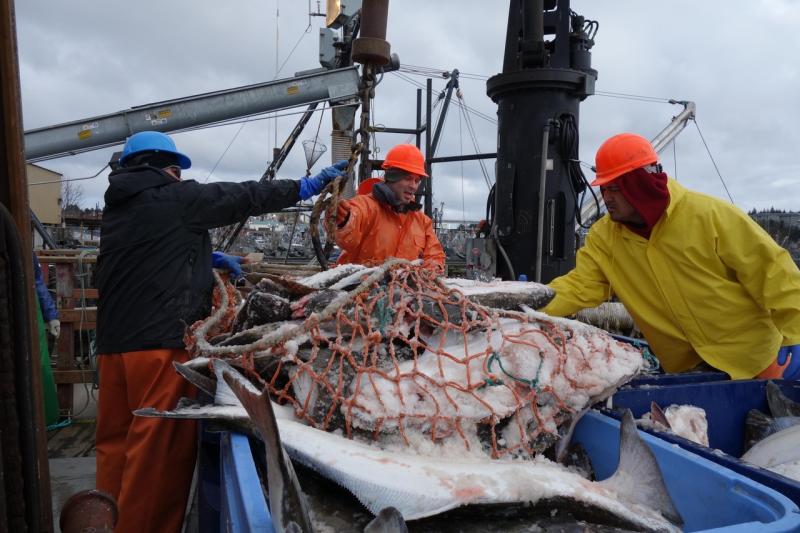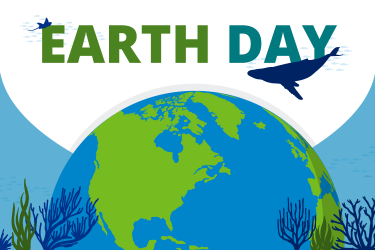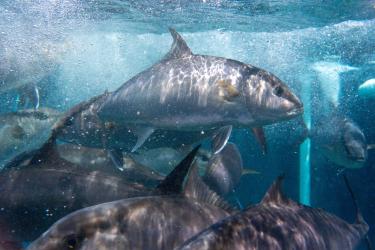October is National Seafood Month, so it's the perfect time to highlight NOAA's larger "Blue Economy" initiative as an important guiding force for our seafood future. As a NOAA-wide initiative, the Blue Economy effort touches on many areas of the agency, and three of those areas are especially important for fisheries:

- Continue to maximize commercial and recreational fishing opportunities, through our interactions with the regional fishery management councils, our regulatory reform actions, and potential legislative improvements being considered by Congress.
- Give greater attention and pursue involvement in the arena of international seafood marketing and trade.
- Actively promote and expand marine aquaculture. Aquaculture is a growing priority for the agency and for Congress.
Continuing our strong partnerships with the councils, fishermen, and our many research partners ensures that our wild-capture seafood fisheries are strong and sustainable. U.S. fishermen harvest and process billions of pounds of seafood and contribute billions of dollars in revenue to the U.S. economy each year, while keeping the occurrence of overfishing and overfished stocks at historically low levels as we continue to rebuild previously overfished stocks.
Despite the historic success of our wild-capture fisheries, we import almost 90 percent of the seafood we consume, at least half of which is farmed. We would like to shift that dynamic and farm more seafood here in the United States. That door is also opening. On the Congressional front, NOAA worked with Congressional staff on legislation for marine aquaculture. That bill was introduced by Senator Wicker in June. On the agency front, we have developed a comprehensive strategy to increase sustainable marine aquaculture production in the United States, positioning the Administration for quick action. Under the Blue Economy Initiative, we want to grow more of our own seafood to supplement our wild-capture fisheries and grow the jobs and food security that come with it.
Expanding the production of U.S. seafood is good for our environment, our economy, and our health. The United States has the stewardship practices and technological expertise that have made us a trusted global leader in seafood sustainability.
Join me in celebrating National Seafood Month, which will also feature a week devoted to aquaculture, by following us online. This month we will be featuring the faces, stories, and science behind our national journey of stewardship. For more information and ideas for recipes, check out FishWatch.gov. I plan to begin with a nice fresh broiled flounder.
Chris



